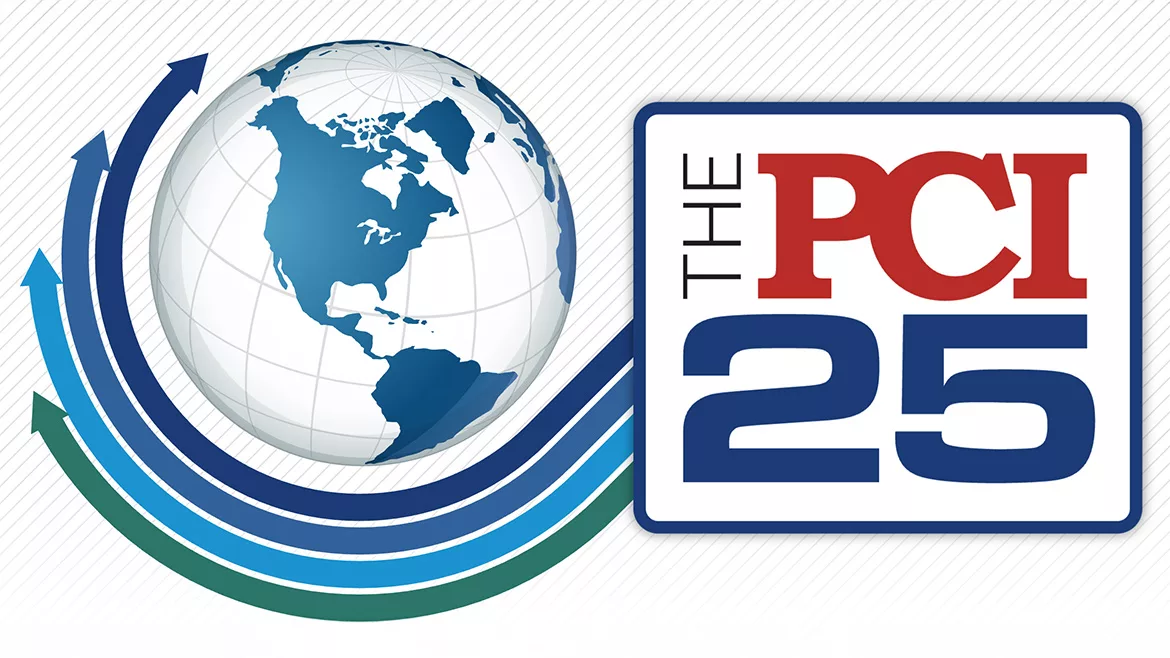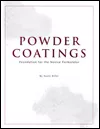Revisiting VOCs and High-Solids Coatings

Volatile organic compounds (VOCs) are compounds that can take gaseous form at room temperature; they’re often formed after a coating is exposed to sunlight. Even if you’re using or applying your coatings in an enclosed environment, the VOCs they emit will eventually make their way into the atmosphere.
Once VOCs are in the air, they can interact with nitrogen oxides to form smog and ozone, or they can directly impact human health; raw VOCs cause respiratory problems, nausea, headaches and even cognitive impairment. They may also cause cancer.
VOCs come from a wide variety of products, including hairsprays, bug sprays and dry cleaning facilities. But one of the main sources of commercially emitted VOCs are paints and coatings.
The Environmental Protection Agency (EPA) closely monitors the amount of VOCs emitted by companies, and they aren’t shy about levying fines when companies exceed their limits.
Facilities generally have a manager who monitors the amount of coatings used, and the cumulative amount of VOCs emitted; if that amount exceeds state or federal VOC limit, the facility can be hit with fines of up to $2,500 per ton.
That may not seem like much, but using the formula below we can see the true cost.
Fee rate x amount of excess VOCs = EPA fine
A facility that emits 10 tons of VOCs over their annual limit will be charged $25,000.
However, for heavy emitters, EPA fines can add up fast; a Mississippi wood pellet factory was recently hit with a massive $2.5 million fine for exceeding VOC limits. And VOC filtration and capture can be difficult and expensive; late last year, a couple of Michigan factories that had recently undergone over $3 billion in upgrades were slapped with violations for uncontrolled emissions, including VOCs from paint primers.
So clearly there are big financial and environmental incentives to keep your VOC emissions low. Before we look at some of the best ways to do that, let’s touch on the different types of VOC regulations.
The Four Types of VOC Regulations
Because VOCs are emitted by so many different sources, they’re regulated according to four separate categories.
Aerosol coatings
These are defined as “a pressurized coating product containing pigments or resins that is dispensed by means of a propellant.” An example of this would be spray paint.
Architectural coatings
These are defined as, “a coating recommended for … stationary structures … portable buildings, pavements or curbs.” Paints meant for houses or commercial buildings are examples of architectural coatings.
Automobile refinish coatings
These are defined as “a coating, such as a reducer, thinner, hardener, or additive recommended for automobile finishing.” An example would be automotive paint.
Consumer products
These are defined as “any household or institutional product may result in the release of VOC.” An example would be aerosol hairspray.
High-Solids Coatings: Your VOC Solution
To understand why high solids are so great at reducing VOCs, we have to briefly explain the difference between high- and low-solids coatings.
Low-solids coatings are mostly solvents; those solvents are essentially the medium for the actual coating, and as the applied coating dries, those solvents evaporate. That evaporated solvent is the source of VOCs.
A high-solids coating, on the other hand, contains very little solvent. It contains a high percentage of the coating itself, hence the name “high solids coating.”
Since there’s little to no solvent in your high-solids coating, there are little to no VOCs produced when they dry.
This also has a peripheral benefit. When a low-solids coating dries, a substantial part of it evaporates, which is why you usually need several coats of a low-solids coating to get a good level of coverage. Because high-solids coatings don’t contain a lot of evaporating solvents, you can often get your ideal level of coverage with a single coat.
Epoxy: Your Go-To High-Solids Coating
One of the most popular high-solids, low-VOC coatings is an epoxy coating. Epoxies are liquid plastics that, once applied to a substrate, harden into a solid coating. Generally, they consist of two main elements: a resin and a hardener. The resin and hardener are mixed together before application and form a chemical bond.
Epoxy coatings are resistant to most chemicals and corrosives, exhibit great adhesion, and have very low porosity. And they’re extremely environmentally friendly; because they contain no solvents, they emit virtually no VOCs.
Pros and Cons of Epoxies
So are epoxies for you? It depends on how you’re going to use them. Let’s look at some of the advantages and disadvantages of epoxy-based coatings.
Pros
Very strong
Epoxy is extremely strong and impact-resistant, so it’s ideal for use in high-impact, high-traffic environments.
Low maintenance
Epoxy presents a smooth, rigid surface with very low porosity, so most spills can be easily cleaned off, and won’t leave a trace.
Highly resistant— to almost everything
Epoxies can stand up to the elements, artificial corrosives and extreme temperatures.
Very low VOCs
If you’re looking to lower your VOC output, epoxy coatings can help you lower your numbers dramatically, as they emit almost zero VOCs.
Cons
Can be pricey
Epoxies usually cost more than a low-solids coating, though they offer superior value since they only require a single coating.
Require surface prep
You can’t slap an epoxy down onto anything like you would with a conventional paint. If you don’t properly clean and prep the substrate, the epoxy won’t bond properly.
High viscosity
Epoxies have a high viscosity (i.e. thickness) relative to other materials like polyurethane. Because of epoxy’s high viscosity, you’ll need to apply epoxy with rollers, a brush, or high-PSI airless sprayer.
So Where Should You Use an Epoxy?
Considering the strong points of epoxy coatings, some settings in which they’d be ideal are:
High traffic areas
Since epoxies are stain resistant, and extremely strong, they’re ideal for areas like warehouses, retail floors, or anywhere else they’ll have to take a consistent beating.
Garages
Epoxies are among the most popular floor coatings for garages in the U.S., since they’re oil- and grease-resistant, won’t crack under impact, and are easily cleaned.
Food prep areas
Epoxies are great for food prep areas since they’re resistant to artificial corrosives like cleaners, and their low porosity resists contamination. They’re also easily wiped down.
Looking for a reprint of this article?
From high-res PDFs to custom plaques, order your copy today!









